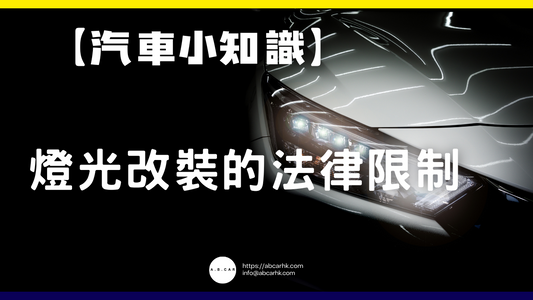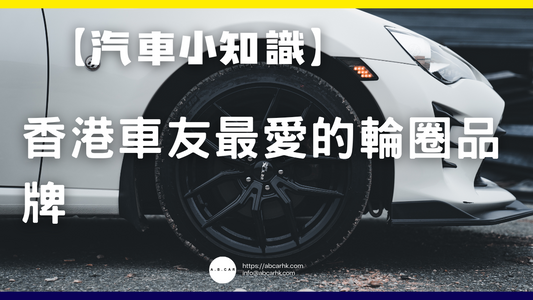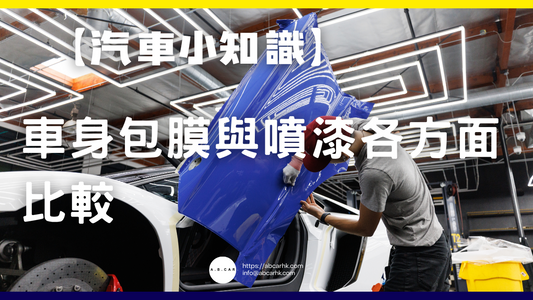The integration of technology and manufacturing: China's solution to industrial upgrading | Editor: Li Daosheng

🤖🏭🇨🇳 The integration of technology and manufacturing: China's solution to industrial upgrading
1. Background and Driving Forces
China is in a critical transition period from a manufacturing powerhouse to a manufacturing powerhouse. With rising labor costs, intensified international competition, and the continued implementation of the "dual circulation" strategy and the "Made in China 2025" strategy, the deep integration of technology and manufacturing has become an inevitable path to improving quality and efficiency.
2. Core Path - Intelligent Manufacturing and Industrial Internet
Smart Factory
The introduction of machine vision, collaborative robots, and automated production lines can replace a large amount of repetitive labor and improve flexibility and precision.
Case study: Foxconn’s Kunshan plant deployed the CS55 collaborative robot, increasing inspection speed by 30% and yield by 5%.
Industrial Internet Platform
Build a "data middle platform + business front-end" architecture to achieve device interconnection, data aggregation, and intelligent decision-making, and connect the entire process of R&D-manufacturing-service.
Representatives: Huawei's "Hongmeng Industry", Alibaba's "Feiling Network", and Haier's "COSMOPlat".
3. Breakthrough Points - Key Technologies and Applications
Artificial Intelligence (AI)
- Predictive maintenance: Early warning of failures reduces downtime by over 30%.
- Visual inspection: AI has a defect detection rate of up to 99%.
5G and Edge Computing
- Low-latency networks facilitate collaboration between AGVs and unmanned forklifts.
- Edge computing ensures fast local data processing.
Digital Twin
Create virtual mappings, simulate and optimize processes, and shorten R&D cycles by 20%.
Case: Shanghai Baosteel shortened the trial production cycle of new steel products from months to weeks.
4. Policy and Ecological Support🏛️
- The ten key areas of "Made in China 2025" include high-end machine tools, aerospace, advanced rail transit, and new energy vehicles.
- Smart manufacturing demonstration project: promotion in over 100 model factories.
- "Dual Carbon" goals: Promote green manufacturing, energy-saving technologies and carbon capture applications.
5. Regional and Industry Models
- Yangtze River Delta: Leading the country in intelligent investment in automobile, electronics, and equipment manufacturing.
- Pearl River Delta: Shenzhen and Dongguan focus on electronics and 5G communications, and are densely populated with high-tech startups.
- Bohai Rim: Tianjin and Shandong focus on marine equipment, new energy and digital twin applications.
6. Localization Entry Point 👀
- Financial financing : It can become a green bond and industrial fund platform for smart manufacturing projects.
- R&D talent : Hong Kong universities can collaborate with mainland China to incubate AI+ manufacturing startups.
- International Services : Leveraging the advantages of rule of law and free trade, we provide legal, financing, and insurance support for equipment exports and overseas projects.
7. Conclusion
Technology is driving manufacturing, and China's solutions are shifting from quantity to quality. Future competition will hinge not only on production capacity but also on technology, data, and the industry ecosystem. If Hong Kong can tap into this wave and seize investment and service opportunities, it will become a bridge and accelerator for the era of "smart manufacturing."



